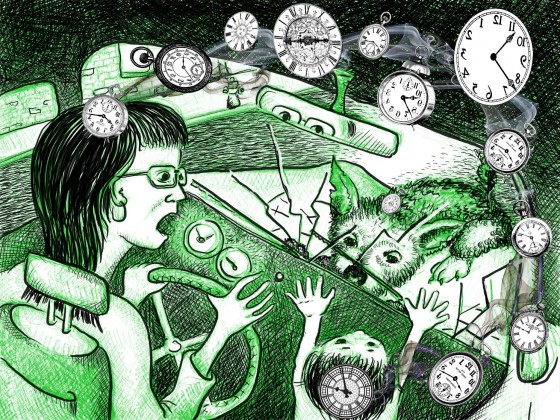
The Black Queen I’m a seed. Plant me. All night it called. A rat came by to investigate. It sniffed the small smooth sphere, but the object didn’t smell like a seed or food of any kind. The rat scurried away. I’m a seed. Plant me. The cat passed by without even a glance. A family of raccoons stopped by. Poked. Left. The sun came up. A fractional mind crawled over. It tasted and touched, walked about and left a pheromone trail for others to follow. Soon dozens of fractional minds surrounded the sphere. By this time, the object grew to the size of a very large marble. I’m a seed. Plant me. It kept repeating to them, flaunting itself for them. And they gathered in greater and greater numbers to roll the sphere underground. Just about the time small sinuous lines started to appear of its surface, a big black bird flapped over. I’m a seed. Plant me. The sphere called to the raven. The bird prodded the object, which was now the size of a tennis ball, with its beak. It wasn’t food, like it claimed. And it wasn’t one of those shiny, sparkly objects that the bird…






